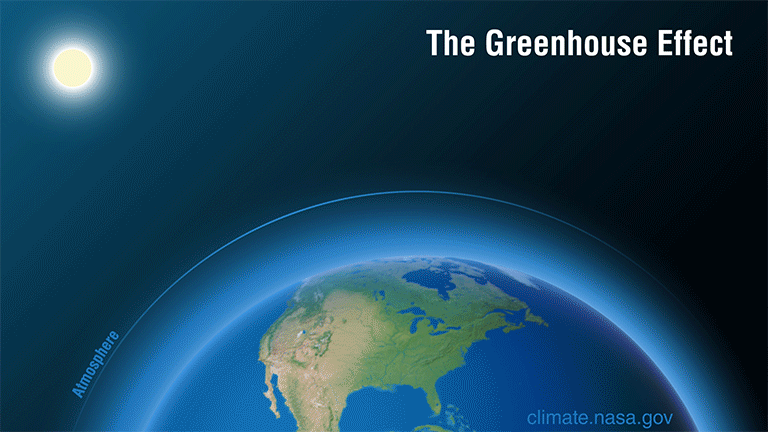
Net Zero Emissions
Achieving Net Zero Emissions
Council is committed to becoming a net zero emissions organisation by 2030, if not sooner.
Our community told us of their desire to live sustainably and reduce their ecological footprint. In response to this, Council has already implemented a number of sustainability measures for its own operations, including:
Hawkesbury City Council Net Zero Emissions and Water Efficiency Strategy
Council adopted the Hawkesbury City Council Net Zero Emissions and Water Efficiency Strategy on 30 March 2021.
Subsequently, through a Councillor Notice of Motion, a new community emissions target was adopted by Council on 28 September 2021. Council’s newly adopted community emissions target is Net Zero Emissions by 2030, which aligns with Council’s previously adopted corporate target.
The strategy outlines a plan to guide Council, and the community to achieve emission and water reduction across Council’s operations and the broader local government area. The strategy will assist to deliver a climate resilient community with economic benefits for Council and the community through decreased operational costs and environmental benefits. The implementation of the strategy requires collaboration and coordination across Council, and stakeholders, including residents, businesses, and state government agencies.
The adopted strategy can be viewed here.
The strategy involved technical analysis of emission sources, population projections and the development and implementation of the actions referenced in the strategy. The following targets for emission reduction and water efficiency have been adopted:
Council Operations:
- Net Zero Emissions by 2030 or earlier
- No net increase in potable water use (Sydney Water Mains)
- All non-potable water demand to be serviced using recycled water.
The Hawkesbury Community:
- Net Zero Emissions by 2030 or earlier
- No net increase in water use relative to FY2016/2017 baseline by 2028
- Under 5% increase in water use relative to FY2016/2017 baseline by 2036
- Under 25% increase in water use relative to FY2016/2017 baseline by 2050.
The Strategy covers 6 Strategies towards a net zero resilient Hawkesbury, including:
- A more resilient and renewable powered grid
- Greener suburbs and better design
- Low carbon and local transport
- Towards a zero-waste community
- Drought resilient, green centres
- Council leading by example.
Why Net-Zero Emissions?
In December 2015, 195 countries, including Australia, agreed to the United Nations Paris Agreement. For the first time in history, both developed and developing countries committed to reducing the amount of carbon dioxide they emit.
The Paris Agreement aims to limit temperature increases to no more than a 1.5 Degree Celsius and achieve net zero emissions by the second half of the 21st Century, with the expectation that developed countries will take the lead.
The NSW Government has set an objective to half their emissions by 2030 and achieve net zero emissions by 2050. In March 2021 the NSW Government released the “Net Zero Plan Stage 1: 2020-2030”, which outlines the NSW Government’s plan to grow the economy, create jobs and reduce emissions over the next decade.
Local Government has a role to play, and Hawkesbury City Council is determined to meet the objective of achieving net-zero emissions by 2030, by driving action and innovation across the community to lower greenhouse gas emissions.
For further information on Climate Change please see Adapt NSW
What is Climate Change?
The greenhouse effect is a process that occurs when gases in Earth's atmosphere trap the Sun's heat. This process makes Earth much warmer than it would be without an atmosphere. The greenhouse effect is one of the things that makes Earth a comfortable place to live.

Reference: NASA Global Climate Change
Human activities are changing Earth's natural greenhouse effect. Burning fossil fuels like coal and oil puts more carbon dioxide into our atmosphere.
Around the world scientists have observed increases in the amount of carbon dioxide and some other greenhouse gases in our atmosphere. Too much of these greenhouse gases can cause Earth's atmosphere to trap more and more heat. This causes Earth to warm up.
Page ID: 160562
